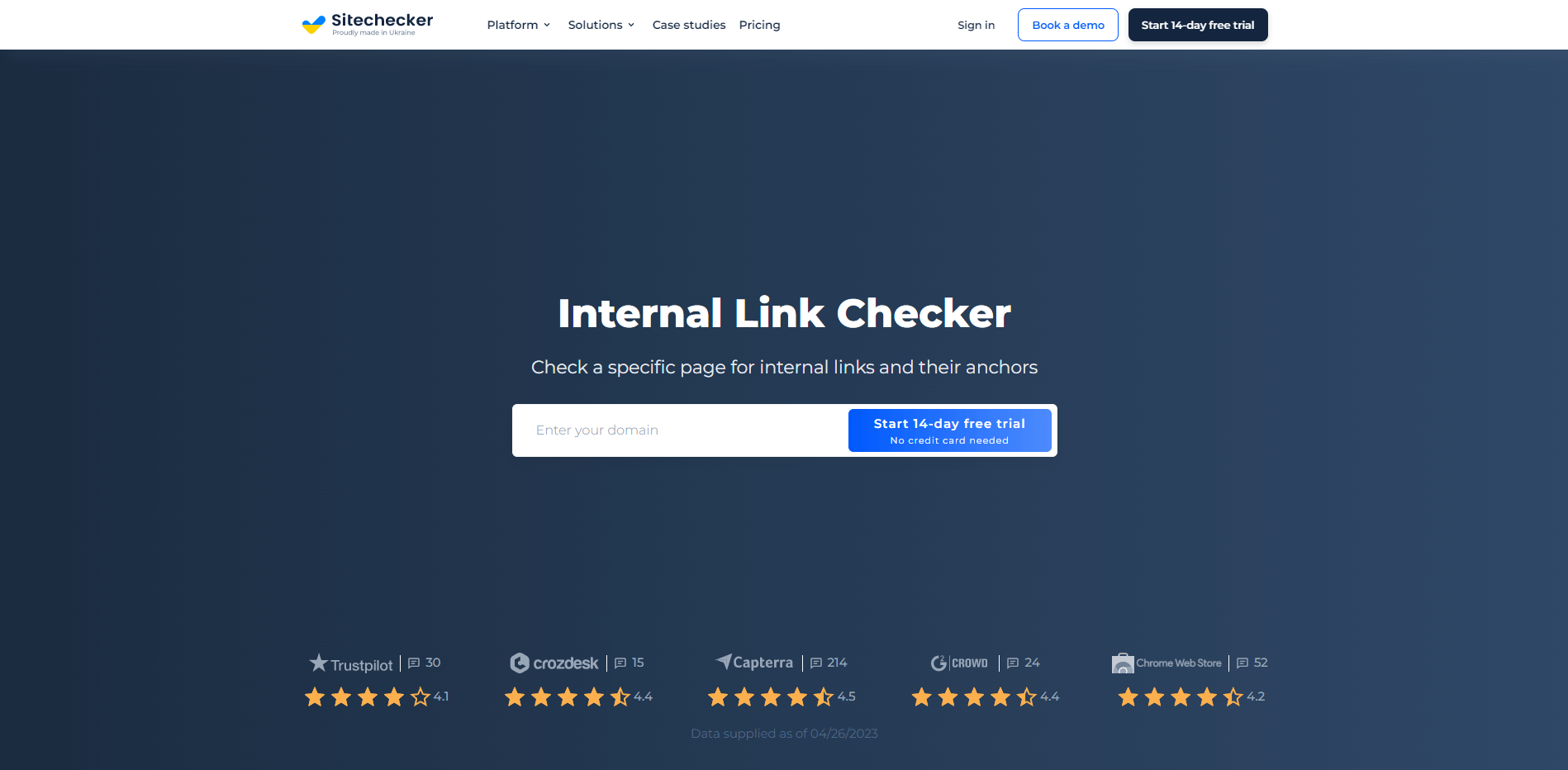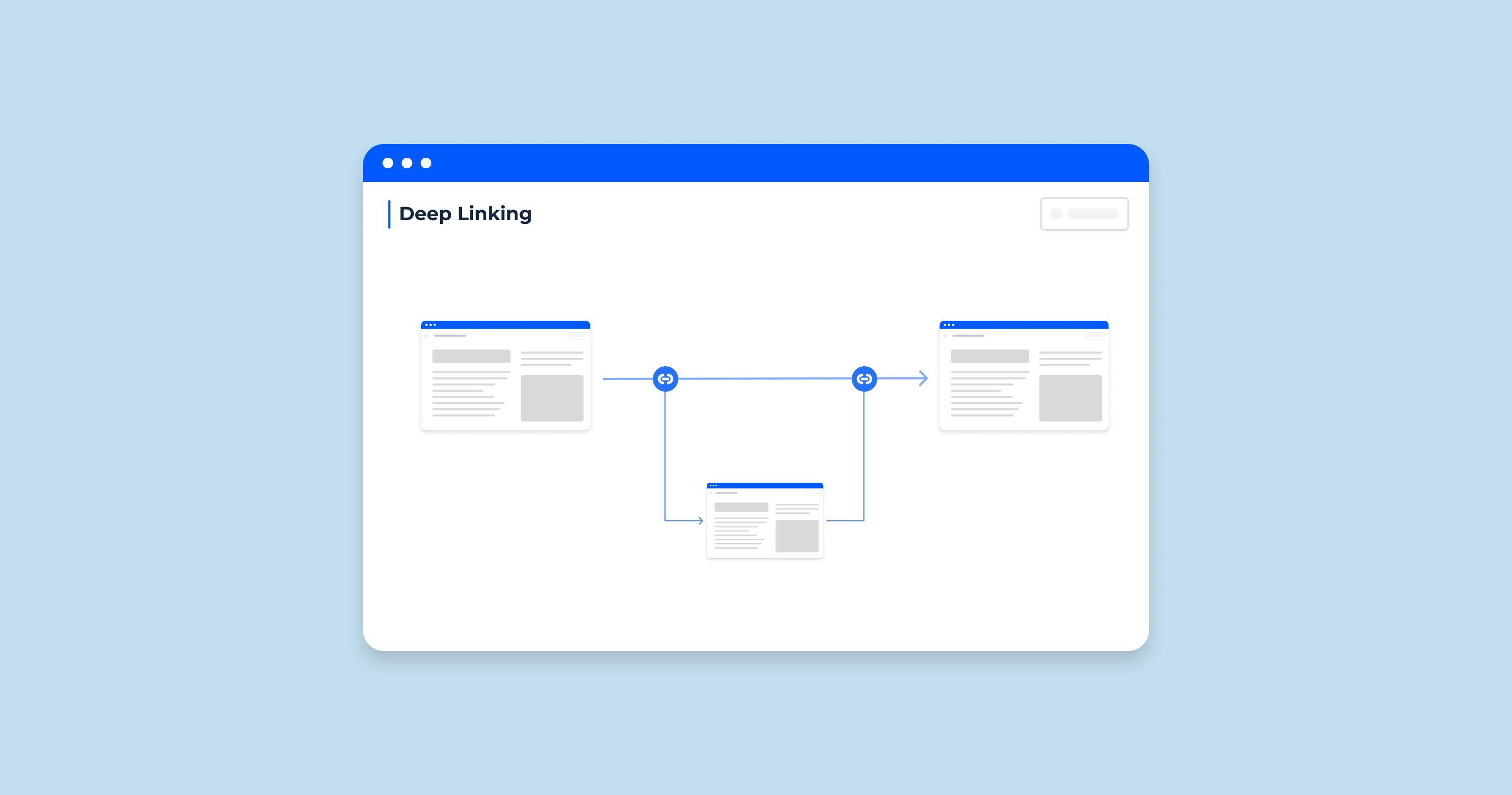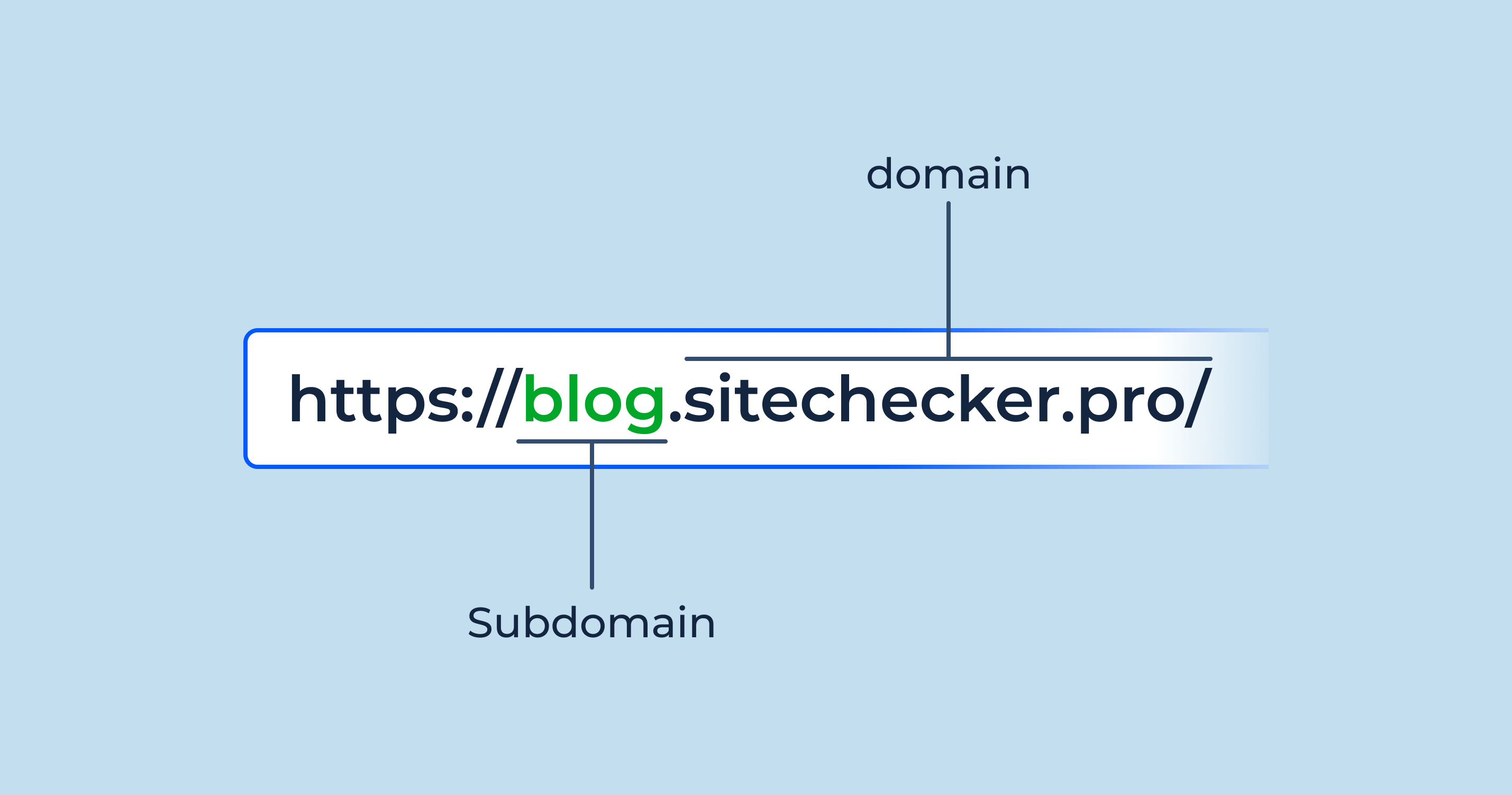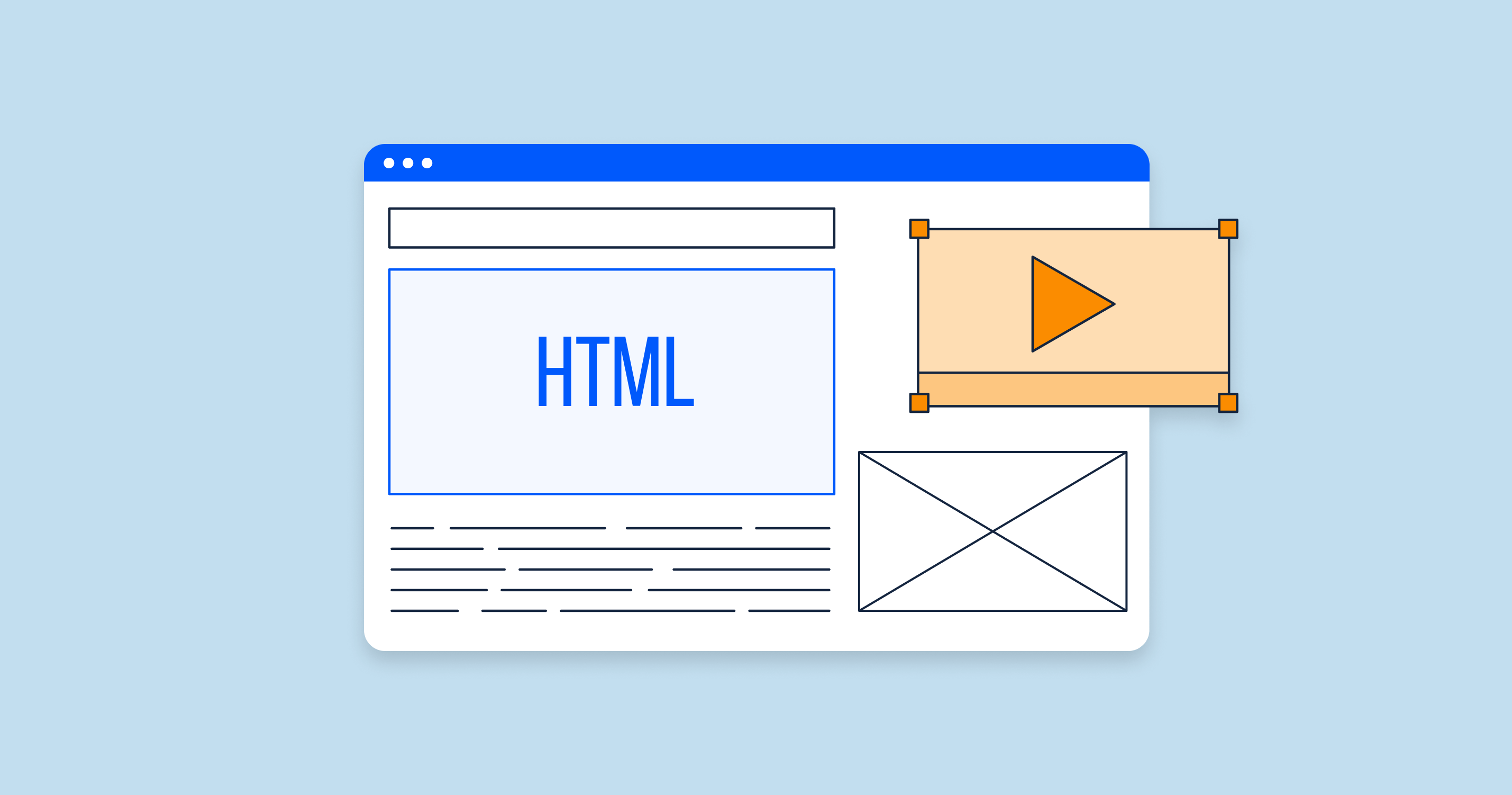What Is Deep Linking for SEO?
Deep linking is the process of creating hyperlinks that point directly to specific pages, sections, or content within a website. This is an alternative to only linking to the homepage or top-level pages. Deep links facilitate easy navigation and access to relevant information on a website, enhancing both the user experience and search engine optimization (SEO).
Impact Deep Linking on SEO
Deep linking has a significant impact on SEO potential by enhancing a website’s crawlability, indexation, user experience, and overall search engine performance. The influence of this on SEO can be observed in several ways:
- Improved crawlability and indexation: Deep links make it easier for search engine crawlers to discover and index your website’s relevant pages and content. A well-connected web of specific page URLs helps search engines understand the structure and hierarchy of your website. Ultimately, this results in better visibility and rankings on search engine results pages (SERPs).
- Enhanced user experience: Deep linking provides users with direct access to specific and relevant content on your website based on their needs or search queries. This improves user experience by making it easier for them to navigate and explore your website, leading to increased user engagement and satisfaction.
- Better distribution of link equity: When other websites connect to your specific pages, link equity (or link juice) is distributed more evenly across your website. This helps improve the authority and search engine rankings of individual important product pages, not just your homepage.
- Contextual relevance: Using descriptive and relevant anchor text helps search engines understand the context and importance of the linked content. This can lead to higher rankings for specific keywords and long-tail search queries, as search engines better understand the relationship between the content and the user’s search intent.
- Reduced bounce rate: By directing users to specific, relevant content on your website, deep linking can help lower bounce rates. A reduced bounce rate can impact your website’s search engine rankings positively. This is because search engines consider bounce rates when evaluating the quality and relevance of a website.
- Increased organic traffic: As specific page URLs improve your website’s search engine rankings for both specific keywords and long-tail keywords, you can expect to see an increase in organic traffic. This can lead to more engagement, conversions, and overall growth for your website.
Common Issues with SEO Deep Linking and Their Solutions:
While implementing an SEO deep linking strategy can significantly improve your website’s search engine rankings and user experience, some common issues may arise. To navigate these challenges effectively and optimize your website’s structure, consider the following solutions for each issue:
Poorly structured internal linking
Solution: Improve your internal hyperlink system by creating meaningful connections between related content. This will make it easier for search engines to crawl and index your website, ensuring that valuable content is discoverable, thus positively affecting search engine rankings.
Over-optimization of anchor text
Solution: Use a variety of natural, descriptive anchor texts that accurately reflect the content to avoid search engine penalties. This approach ensures your strategy remains effective and user-friendly.
Good Examples:
Natural anchor text: Using a variety of anchor text phrases that naturally fit the context of the content, rather than forcing a specific keyword.
Example: “Check out our [guide to indoor gardening] for helpful tips and tricks.”
Branded anchor text: Using your brand name or website name as the anchor text.
Example: “For more information, visit the [Awesome Gardening] website.”
Partial match anchor text: Using a phrase that partially includes the target keyword, ensuring the anchor text remains relevant to the linked content.
Example: “Explore various [indoor plant options] for a healthier living space.”
Bad Examples:
Exact match anchor text: Repeatedly using the exact same keyword-rich anchor text in numerous URLs, which can appear unnatural and manipulative to search engines.
Example: “Learn more about [indoor gardening tips], [indoor gardening techniques], and [indoor gardening supplies].”
Unrelated anchor text: Using anchor text that doesn’t relate to the content, confuses users and search engines.
Example: “Click here for [discount shoes] to discover the benefits of indoor plants.”
Overuse of generic anchor text: Repeatedly using generic phrases like “click here” or “learn more” without providing any context for the content.
Example: “Discover the benefits of indoor plants by [clicking here].”
Excessive deep linking
Solution: Strike a balance between deep and top-level links to maintain a user-friendly website structure. Balancing these will prevent your content from becoming difficult to navigate and ensure users can easily find the information they seek.
Broken or dead links
Solution: Regularly audit your internal links to identify and fix any broken or dead URLs. Maintaining functional and up-to-date hyperlinks will provide a seamless user experience and improve your website’s SEO performance.
Irrelevant or low-quality links
Solution: Focus on incorporating relevant and high-quality internal hyperlinks within your website to support both user experience and search engine optimization. Avoid irrelevant or low-quality URLs that can damage your website’s credibility and search engine rankings.
Neglecting mobile optimization
Solution: As mobile optimization is crucial in today’s mobile-first world, ensure that your strategy is mobile-friendly. A mobile-optimized strategy will provide a better user experience and higher search engine rankings.
Inconsistent or duplicate content
Solution: Prevent inconsistencies or duplicate content across your website by maintaining a consistent and cohesive content structure. A well-structured content strategy supports an effective deep linking strategy, avoiding confusion for both users and search engines.
By addressing these common issues with the appropriate solutions, you can continuously optimize your deep linking strategy, unlocking your website’s hidden potential and achieving higher search engine rankings and a better user experience.
Optimizing Deep Links with Sitechecker’s Internal Links Tool

The Internal Links tool from Sitechecker helps optimize deep links by identifying them, evaluating their structure, detecting broken URLs, improving anchor text, enhancing equity, and monitoring changes. This improves user experience and search engine performance for your website.
This tool can be a valuable addition to your SEO strategy. By providing insights into your website’s outbound connections, you can optimize your link profile, improve user experience, and bolster your search engine rankings. Incorporating this tool into your SEO strategy will ensure that your website enjoys the full benefits of both internal and external linking.









